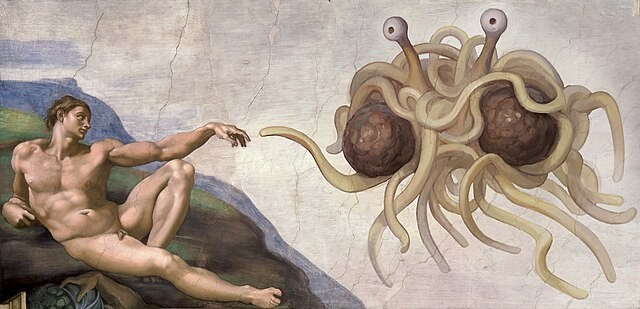
(Photo : Wikimedia Commons/Android Arts (Niklas Jansson))
A number of species were discovered when scientists mapped the seafloor along the Salas y Gómez Ridge near Rapa Nui, also called Easter Island off the coast of Chile. Dozens were never-before-seen species and they looked bizarre.
About the Expedition
Dr. Javier Sellanes of the Universidad Católica del Norte and his colleagues mapped Easter Island's 30,115 square miles (78,000 square km) seafloor. Almost one-third of the 160 species that the researchers saw along this 1,800-mile (2,900-kilometer) ocean mountain range were undiscovered by science.
"The astonishing habitats and animal communities that we have unveiled during these two expeditions constitute a dramatic example of how little we know about this remote area," Sellanes said.
Salas y Gómez Ridge extends from the Pacific Ocean's Rapa Nui island to a point slightly off the coast of Chile. There are 110 seamounts on this ridge, which are underwater mountains with an abundance of marine life.
This region facilitates the passage of species like whales, sea turtles, and sharks, as well as unique ecosystems like deep coral reefs and glass sponge gardens.
Over the course of 40 days, two islands and 10 seamounts were surveyed.
To apply for the UN High Seas Treaty's designation of Salas y Gómez Ridge as a high-seas protected area, the team set out to collect information about the area. This comes after a recent journey by the researchers to the adjacent Juan Fernandez Ridge and Nazca, where they discovered over 100 possible new species.
While many of the seamounts are unprotected and located in international waters, portions of the ridge are within Chilean territory that are already under protection.
These excursions will support the development of conservation measures both inside and outside of jurisdictional waters by educating decision-makers about the biological significance of the regions.
ALSO READ: Over 100 Dead, Highly Venomous Sea Creatures Wash Up on Florida
Never-Before Seen Species Discovered During Underwater Chile Expedition
The expedition led to the discovery of dozens of marine species never seen before.
"The main results of this campaign are that we have found between 50 and 60 potentially new species at first sight, a number that is likely to increase as we have many samples to work on in the laboratory," per Ariadna Mechó, a researcher in the Climate Variability and Change Barcelona Supercomputing Center - Centro Nacional de Supercomputación (BSC-CNS), who was part of the expedition.
Among the new species found was the flying spaghetti monster (Bathyphysa siphonophore). It was named after this picture by the oil rig workers who first found one due to its many tentacles.
Siphonophores, is an animal family which includes the Portuguese Man O' War. They are gelatinous drifters composed of thousands of specialized pieces.
These creatures, which resemble aliens, are actually colonies of distinct organisms that carry out various duties despite their appearance as a single species.
Another creature discovered by the researchers is a Galaxy Siphonophore, a relative of the flying spaghetti monster that catches fish, plankton, and small crustaceans with its web-like tentacles.
Additionally, they discovered a glow-in-the-dark deep-sea dragonfish. It was reportedly a fierce apex predator that thrived beyond the sun's light.
The researchers also found giant octopi, squat lobsters, starfish, and even the world's deepest photosynthesis-dependent coral. The seamounts themselves, which create islands of biodiversity in the ocean's depths, enable this enormous variety of life.
RELATED ARTICLE: 12-Foot Sea Serpent Washed Up Ashore in New Zealand: Is It a Sign of an Upcoming Disaster?
Check out more news and information on Animals in Science Times.














